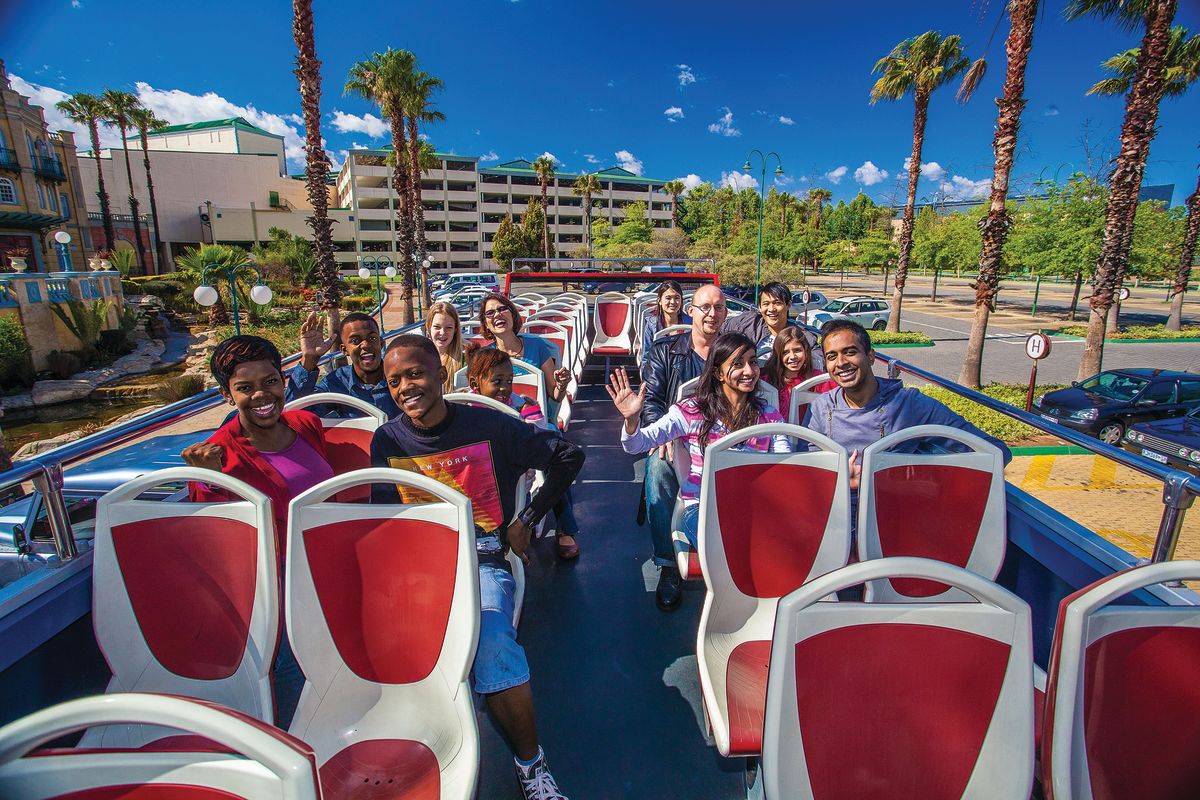Indicators on Johannesburg North Attractions You Should Know
Indicators on Johannesburg North Attractions You Should Know
Blog Article
Our Johannesburg North Attractions Ideas
Table of ContentsThe 7-Second Trick For Johannesburg North AttractionsThe Only Guide for Johannesburg North AttractionsHow Johannesburg North Attractions can Save You Time, Stress, and Money.The Ultimate Guide To Johannesburg North AttractionsWhat Does Johannesburg North Attractions Do?The 4-Minute Rule for Johannesburg North Attractions
The city expanded on the side of the Witwatersrand Main Reef, a below ground stratum of gold-bearing quartz-silica corporation that arcs for hundreds of miles underneath the Highveld - Johannesburg North attractions. Most of the gold mines in the city discontinued procedure in the 1970s, however in its day the Witwatersrand gold market accounted for even more than 40 percent of the globe's annual gold production.Johannesburg has a warm environment. Summer temperatures average about 75 F (24 C); winter season temperature levels balance concerning 55 F (13 C) and only periodically dip below cold. The city delights in concerning eight hours of sunshine each day in both winter and summer season. Rainfall standards about 28 inches (700 millimetres) per annum, but the overall varies substantially from year to year.
What rain the city gets falls nearly specifically in the summer months, often in amazing late-afternoon electric storms., where many citizens still count on coal for fuel.

An Unbiased View of Johannesburg North Attractions
The equilibrium of the city is inhabited by whites. Accommodation varies in personality and quality.
Physical growth, although somewhat limited by transportation, proceeded promptly as migration to South Africa, and Johannesburg in particular, enhanced dramatically.
Many inadequate residential areas were combined, with bad blacks and whites living together, although the wealthy residential areas were generally booked for whites. This transformed with the political election of the National Party in the 1948 elections, that began to formalise the system understood as discrimination. Apartheid officially assigned which residential areas each race might live in under the Team Areas Act.
The previous system of eleven numbered regions was reorganised in 2006. Marshalltown, as seen from the top of the Carlton Centre. The M1 and M2 run behind the structures, and the southerly suburbs expand past the freeway border. The central city of Johannesburg lies within the city's Region F. The approximated population of the region is 200,000, [] The number of individuals living in the inner city on a casual basis is unknown, as many are unlawful immigrants. Most higher-income homeowners and white people hop over to here have actually transferred to the northern suburbs and have been changed by lower-income black people. The joblessness, education and learning, and age profiles of the area are all unknown, as a result of the difficulty of acquiring reputable information regarding the location.
Unknown Facts About Johannesburg North Attractions
Yeoville and Bellevue have a mix of home structures and single household devices on tiny great deals. The area is located on a mountainous divide that runs from eastern to west.

Johannesburg Stadium, a training school for both the Golden Lions and Orlando Pirates, is nearby. The eastern suburbs of Johannesburg lie in the city's 7th [] and 9th [] regions. The area is also functionally incorporated with East Rand boundary communities beyond the official boundary of Johannesburg, such as Bedfordview and Edenvale (both part of Ekurhuleni Metropolitan Municipality).
The Definitive Guide for Johannesburg North Attractions
R. Tambo International Airport Terminal). The eastern suburbs are some of the earliest areas of Johannesburg, there are big communities of Jewish and various other European backgrounds, most of the population is English speaking. There are 3 fairway as well as a variety of protected ridges with viewsites. There are a number of well-developed and up-market home entertainment and purchasing areas in the east such as the Eastgate Mall and the Greenstone mall.
The location is primarily made up of old "matchbox" houses, or four-room residences constructed by the federal government, that were built to give economical holiday accommodation for black workers during racism. Soweto is an acronym, meaning "South Western Townships". Road after street in this area is lined with matchboxes; nevertheless, there are a couple of smaller locations where thriving Sowetans have actually built homes that are extra similar in stature with those in even more wealthy residential areas.
Hostels are one more noticeable physical feature of Soweto. Originally constructed to house male migrant workers, several have actually been boosted as residences for couples and family members. The N1 Western Bypass skirts the eastern border of Soweto. The suburban area was not traditionally permitted to create employment centres within the area, so mostly all of its residents are commuters to various other parts of the city.
The Johannesburg North Attractions Ideas
The N1 Western Bypass attaches the north residential areas with the north-western suburbs. The domestic areas in the north suburbs are generally formal, with no significant locations of casual housing, or real estate that lacks a long-term structure. Although this is a well-known area, there is a trend of land use adjustment from property to business, specifically along primary arterial roads and around well established nodes.
The area is well linked to road networks, especially along the north-south axis developed by the M1 and N1. Roadways to the east and west are much less well established, as there are no highways taking a trip in that direction. In the direction of the northern border of the city, the density of development reduces, leaving huge areas of untaught land around Midrand.
Excitement About Johannesburg North Attractions
The initial suburb to the north of the central city is Parktown, which is situated on a hillside overlooking the central city and Hillbrow. It has many look at here now wealthy locals and Edwardian-design estates, in addition to the Education and learning and Medical universities of the College of the Witwatersrand. The big concrete Charlotte Maxeke Johannesburg Academic Health Center controls the sky line of Parktown.
Report this page